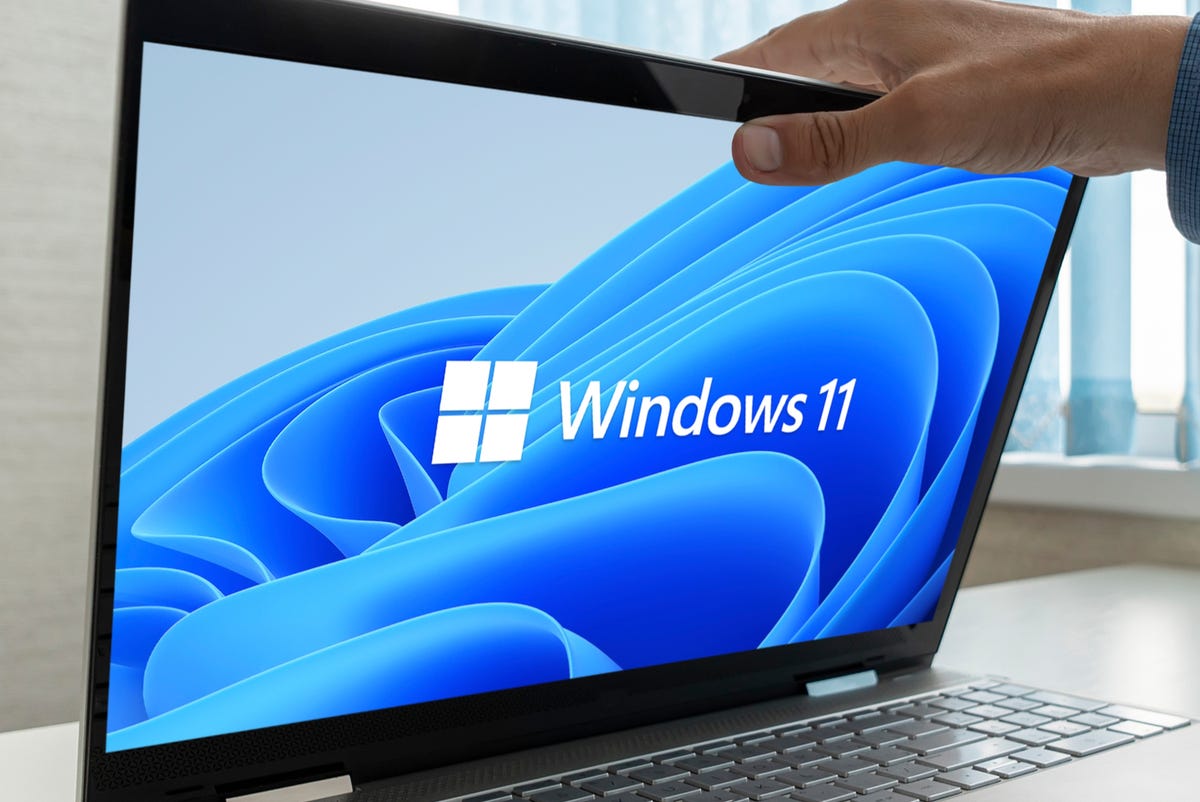How to Recover Deleted Files in Windows 10 or 11


You’re having trouble finding a certain file on your Windows PC, and you have a hunch that you might have deleted it. We were all there. But instead of whining and cursing, you can try to restore it. Assuming you’ve scoured the Trash and it’s empty, it’s time to switch to a good recovery tool.
Microsoft offers its own command-line recovery program, although it’s not entirely user-friendly. Instead, you can use free programs like Recuva and Glarysoft File Recovery Free. Here’s how they work.
How to Recover Deleted Files in Windows 10 or 11
You may have used the Recycle Bin to restore files. In a nutshell, Windows dedicates a small percentage of your hard disk space to a hidden system folder called the Recycle Bin. This ensures deleted files are not actually deleted, but are still kept in the reserve. As long as you don’t permanently delete the file or empty the Bin, the file will be available for you to restore.
Simply open Trash icon on your screen. As with any folder, you can sort files by name, location, date, and other criteria. You can also search for a file by name. When you find the file you want to recover, right-click it and select Restore.
What if I permanently delete a file on Windows 10 or 11?
If you permanently delete a file (press Shift + Del to do so) or empty the Recycle Bin entirely, recovering the file will be more difficult but still doable. This mainly depends on how fast you go to its rescue.
When you delete a file, the data is not erased from your disk. Instead, its space is marked as available by the operating system, which means that clusters allocated to that file can be overwritten by new data. If you access it quickly enough, the file can be completely intact and recoverable. However, the longer you wait, the greater the chance that most or all of the file’s clusters will be overwritten, reducing the possibility of fully recovering it.
Use Microsoft Windows File Recovery
Microsoft offers a Free command line utility for Windows 10 and 11 try to recover deleted files. Called Windows File Recovery, the tool supports mechanical hard drives, SSDs, USB drives, and memory cards. It also offers both regular and extended mode to attempt to recover a file.
Download and install the program from Microsoft Store. Launching its shortcut opens a command prompt with examples of its basic syntax. Microsoft also has a support page with instructions on how to use Windows File Recovery, which you will definitely want to read before going through.
From there, you need to enter the command, followed by the recovery destination, then the recovery mode, and finally the name or location of the file or deleted files.
Note about Windows File Recovery
As a command line program, Windows File Recovery can be difficult to use, requiring you to know the proper syntax and switches (a GUI version is essential). And even then, it doesn’t always find or recover the files you need.
I’ve used it a few times, and it’s definitely hit or miss. You might want to try it as a first step, but I think you’ll find a good third-party product less frustrating.
Third-party recovery utility
I have used a number of different third-party recovery tools and have generally had success with them. Again, their effectiveness largely depends on how quickly you try to recover the file after it’s been deleted. But assuming the file is still intact or complete, these tools will help you recover it.
A variety of programs are available, both free and paid. Here are two free utilities worth trying.
recuva
Available in both free and paid versions, recuva can recover files from internal and external hard drives, USB sticks and memory cards. The site offers a fully installed version of Recuva, but Elsewhere you will find the mobile version to install on a USB stick, avoid writing any new data to your hard drive.
The program starts with a wizard that asks you what type of files you are trying to recover and where they are located. Then, Recuva will scan the selected location and return any deleted files for recovery.
If you know the specific file name and path, you can skip the wizard. Recuva offers regular scans for quick and easy recovery and deep scans for more difficult cases.
After scanning, Recuva will display the names of any matching files and indicate the possibility of a successful recovery. You can even preview multiple file types. Select the file and click Recuperate to bring it back.
When you find the file you want to recover, click on it and then select the “Recover” button at the bottom right of the screen.
Image: Lance Whitney / ZDNET
Glarysoft File Recovery Free
Another recovery tool available in both free and paid versions is Glarysoft File Recovery Free.
Glarysoft starts by asking which drive or partition on your PC you want to scan. The program will then run a quick scan to search for deleted files. During or after scanning, you can track specific files by type, location and name.
When the scan is complete, the tool shows you a list of all lost files and their recovery status, allowing you to browse or search for the file you want. You can even preview images and other readable file types to make sure you’ve made the right choice.
The biggest limitation with the free version is that you can only recover three files and the maximum size is 2GB. For more, the Pro version costs $50 per year. But if you only need to recover one or two or three files, the free flavor will do the trick.




